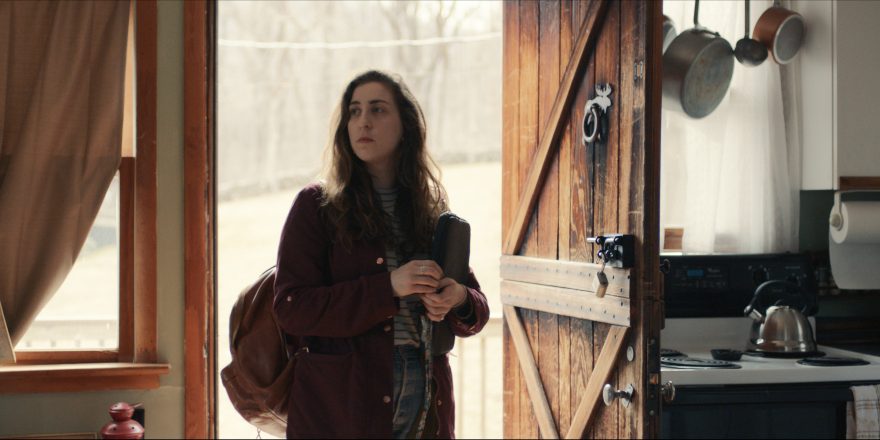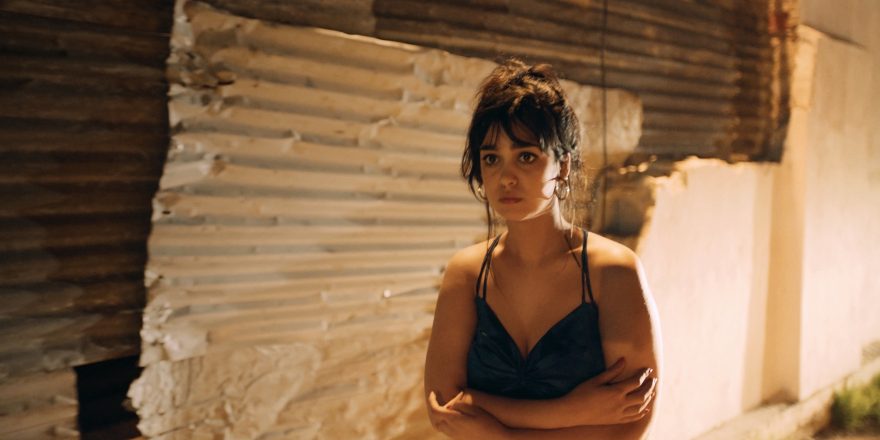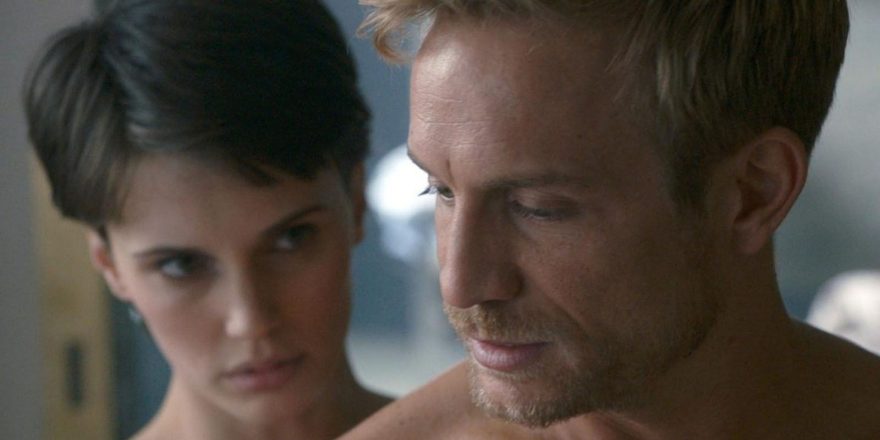My favorite moment of my new film, What She Said, happens in a hay cart – the main character, Sam (Jenny Lester), is laying with her friend Aaron (Peter Evangelista), and has just told him about her sexual assault. It’s the only time in the movie when we see her acknowledge what happened in a real way, without her trademark shield of snark and wit and language. He is right there with her, listening. When she starts to spiral into some version of “Maybe I deserved this” and “Maybe I don’t remember it right,” he firmly and quietly assures her: “Stop. I believe you.” She’s a bit desperate in her relief, deciding the next best move is … to kiss him.
For context, his fiancée, Meghan (Jarielle Whitney) – who’s one of Sam’s best friends, the one who went to the hospital with her after she was raped – is just steps away, inside the house. Aaron softly stops Sam, clear this was not what he was after, and clear that it’s not OK with him. It’s so gentle, his no – he folds her into a hug and holds her, perfectly shifting her misguided expression of gratitude into genuine platonic love and support. It cracks my heart every time I watch it because … it’s a mess. She’s a mess. It’s a shitty move on her part – Sam can kind of be a shitty person, honestly. And she’s definitely a shitty victim.
Which is exactly how we wrote her. I was kind of a shitty victim, too.
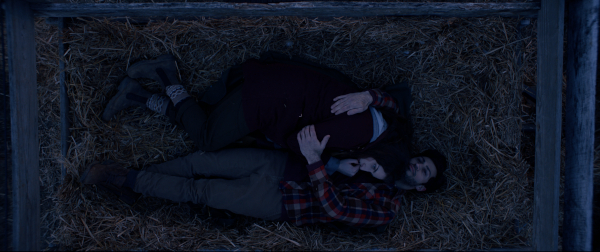
Because of extensive recent American media coverage, we may have reached a point where we’re more willing to talk about sexual violence – to call a spade a spade and say that sexual violence exists and happens. But we also seem to love “trauma porn” and are still incredibly picky about what we want our victims to look like, and act like.
As I’ve navigated my own experiences of sexual violence, and as I’ve known and loved and worked with numerous survivors, I’ve become desperate for something beyond the crime dramas that have cornered the market on sexual assault stories. I am done with sexual assault being … well, procedural.
You know the formula: our girl is entirely innocent, probably a tad virginal. She’s in tears, has tattered clothes, is found in an alley or a broken-into apartment. Or perhaps her morning running routine was disrupted by a predator. Maybe we see some of the assault itself (because we love our trauma porn …), doing her best to fight off her attacker, but ultimately failing. She’s devastated, alone, turns to the justice system for help – and is taken seriously there. She’s terrified, fragile – and probably white. She’s saveable, and worthy of saving. She’s The Perfect Victim™. Neighbors, friends, and bartenders (all with remarkably specific memories) chip in to “find the guy.” Justice is served. And if it’s not, well … we’ll still never see her again. And the weight of that failure is carried not by her, but by our heroes, the cops.
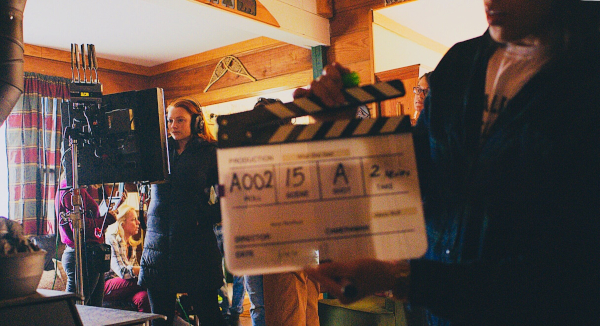
These stories can be satisfying, but are really incomplete. They leave out so many people, so many versions of survivorship, so many facets of the days and months and years after. So many things that are real and true and ugly and mundane but also irreversible, brutal and unmarketable about the truth of being raped. Or assaulted. Or harassed.
Ready for some stats? (I know, I know, but … bear with me here. We’re talking about how important nuance is.)
It leaves out that sexual misconduct is the second-leading complaint against law enforcement officers. (Do you want the stats on accountability there, or would you like to try to sleep tonight?)
It leaves out that eight out of 10 times, rape is perpetrated by someone the victim knows.
It leaves out that cis women are not the only people who are raped. How stunningly difficult and uncommon it is for people other than cis women to report their experiences, because of the enormous stigma and lack of resources.
It leaves out that cis men are not the only people who rape.
It leaves out that queer people harm each other, too.
It leaves out the existence of trans and non-binary people, who experience sexual and gender-based violence at staggeringly higher rates.
It leaves out that Native Americans have the highest risk of experiencing sexual violence.
It leaves out that incarcerated people experience sexual violence.
And military personnel.
And disabled folks.
And older people.
It leaves out the way religion can enable acts of violence, and encourage survivors to stay silent.
It leaves out how deeply sexual violence intersects with otherwise oppressed identities, making it even more difficult and potentially traumatizing for People of the Global Majority to report, access care, or be believed without experiencing compounded trauma from every system put in place to support survivors that do not look like them.
It leaves out that these are not rare occurrences – every 68 seconds, an American is sexually assaulted.
It leaves out that two out of three assaults go unreported, so the stats we have are notoriously unreliable and are probably underrepresent the true situation.
It leaves out the versions of “the after” that look like drug and alcohol use, PTSD, suicide or suicide attempts.
And also, the version where a lot of us go back to class or work the next morning.
It leaves out that some of us black out and fuck as many people as we can, as hypersexualizing ourselves to normalize what happened.
It leaves out that sometimes it takes a really long time to even realize we have been harassed, assaulted or raped.
It leaves out the very real and very overwhelming grey area of consent in action. That sometimes someone was harmed by someone who did not intend to harm, and we desperately need tools to deal with that.
It leaves out that a lot of us, despite never being the same again, don’t really feel like we get to claim the label of “survivor,” because what happened to us is so utterly … normal.
It leaves out those of us who turn our anger not at our perpetrators and the society that protects them, but at those survivors who speak out or handle it differently than we did.
It leaves out how much our friends and family start to resent us because they can’t figure out how to help us. How much we resent them for continuing to try. The frustration of feeling like they don’t know us anymore. The grief of realizing we don’t either.
It leaves out that some of us are perfectly functional alcoholics.
It leaves out that some of us are perfectly functional workaholics.
It leaves out that some of us are completely fine, until we are completely not.
It leaves out that some of us make lives and careers and structure our entire life and identity around this new label of “survivor” which we did not ask for.
It leaves out that some of us reject that identity, put it in a box, and never look back.
It leaves out that very, very, very few of us are served in any way by a justice system that was not put in place to serve us in the first place.
It leaves out co-survivors. The ripple effects – the way sexual assault can shatter and morph entire families and friend groups. The relationships around you are rocked. What about those who went to the hospital with you? What about those you disclosed to first? What about those who carry guilt that is not theirs to carry and will never be able to put it down? What about those who have experienced some pretty awful things but not as awful as their one friend who has experienced the really awful thing, so they feel they can’t talk about theirs? (Or People It Did Not Happen To But Whom It Has Happened To But Maybe Not As Bad.)
It leaves out that I couldn’t possibly fit every angle of nuance and lived experience into this list, nor can we fit it into an episode of TV or a film, and that is why we have to keep digging deeper.
What’s been put out is an understandable – if flawed – first step in bringing these stories into the mainstream, to tell a palatable version we can all get behind. A version that feels somewhat empowering, but still makes good TV. But can we be ready for some bigger truth now?
There are studies upon studies upon lived experiences upon studies about the ways the media we are marinated in affects how we interact with the world – and people – around us (sorry, Ted Sarandos, you’re absolutely wrong). If the stories of sexual assault we see are homogenous, limited, extreme and monolithic, it makes it infinitely harder to see the layers of impact, and ultimately to believe the people in our actual lives who come forward and say, “This actually happened to me, but it was a bit weird and not exactly what I thought it was supposed to look like so … am I allowed to do anything about it?
When all we see is Perfect Victimhood, we turn around and demand it. And in most cases, no one can offer that.
Featured image shows Jenny Lester in What She Said. All images courtesy Amy Northup.


